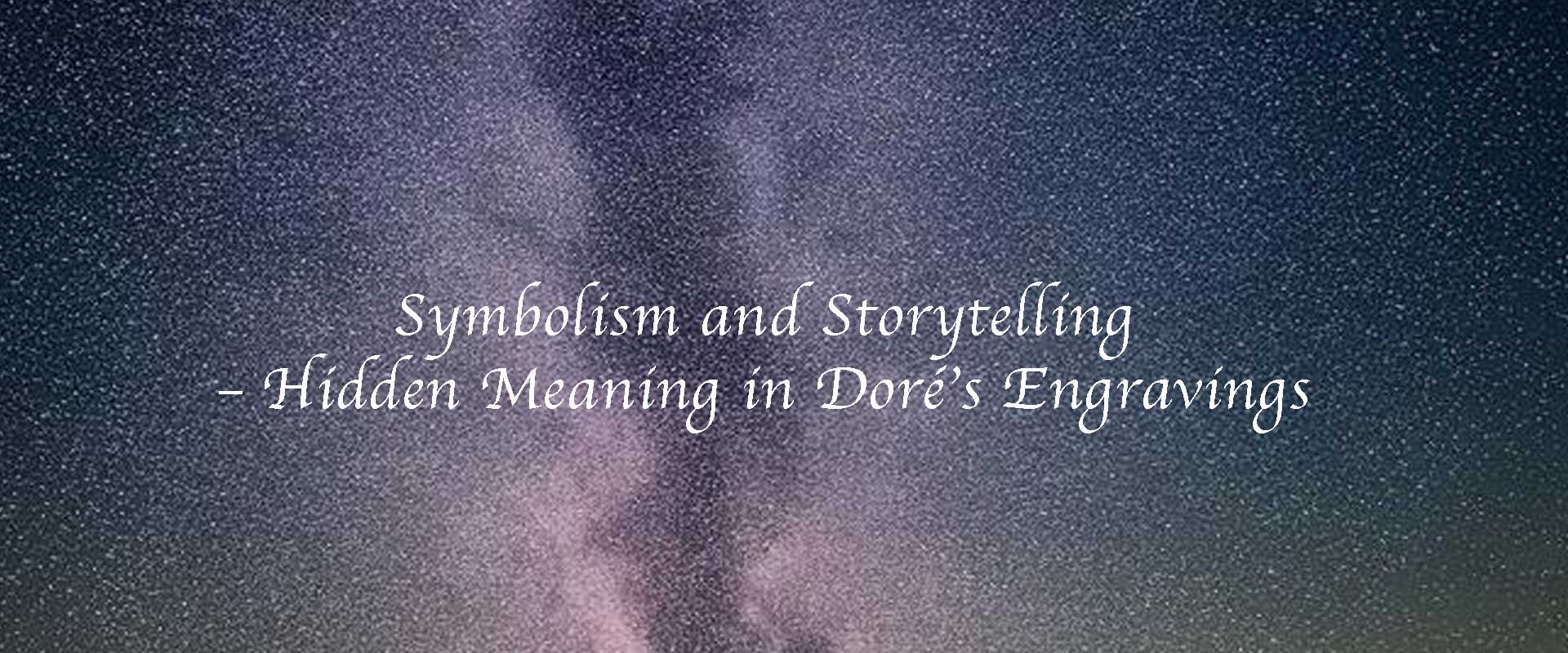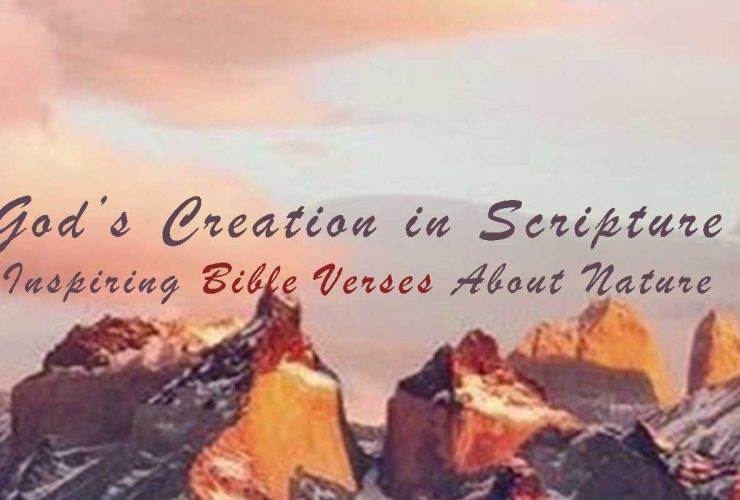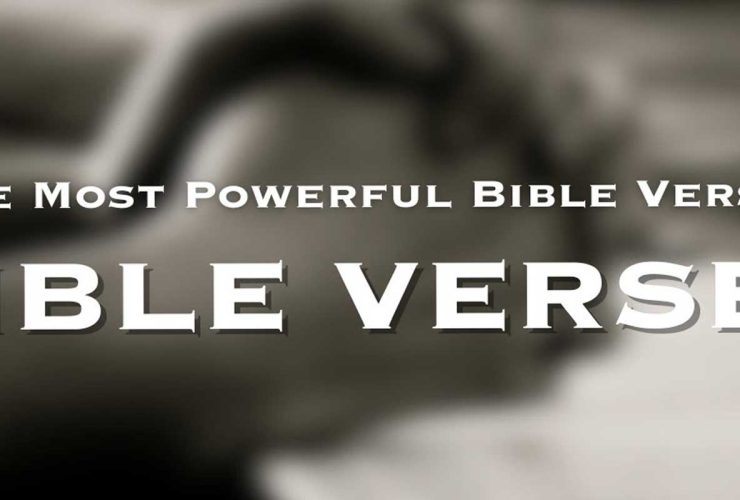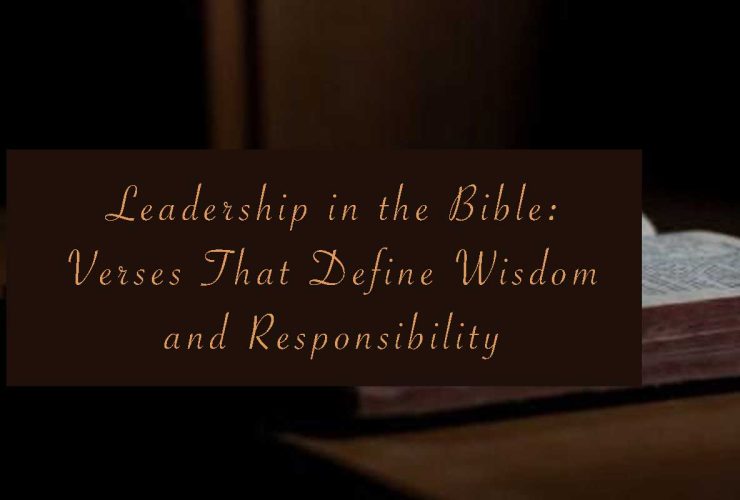Paul Gustave Doré was more than an illustrator; he was a master of symbolic storytelling whose engravings carried multiple layers of meaning. From Dante’s Inferno to Milton’s Paradise Lost, Cervantes’ Don Quixote, and the Bible, Doré infused his work with allegory, moral lessons, and emotional depth. His images were not simple translations of text but interpretations that invited viewers to search for hidden truths.
By examining the symbolism in Doré’s engravings, we uncover how he transformed literature and theology into timeless visual allegories that continue to resonate across centuries.
Doré’s Visual Language of Symbolism
Doré developed a consistent symbolic language that shaped his art:
- Light and shadow symbolized divine presence or spiritual absence.
- Scale emphasized human frailty by contrasting tiny figures against vast landscapes.
- Gesture and expression revealed pride, sorrow, humility, or rebellion.
- Natural elements such as storms, rivers, and forests mirrored spiritual conditions or moral states.
These recurring elements ensured his engravings were not mere illustrations but living parables.
Symbolism in Dante’s Inferno
Dante’s Inferno gave Doré a canvas filled with allegory. His engravings show Hell not just as punishment but as moral symbolism.
The storm of the lustful represents passion without control, lovers swept endlessly by their own desire. The icy pit of traitors symbolizes the coldness of betrayal, a sin so grave it freezes rather than burns. Satan, trapped in ice, is the ultimate allegory for pride rendered powerless by its own weight.
As shown in Exploring Dante’s Inferno Through Paul Gustave Doré’s Eyes, Doré added emotional resonance to Dante’s moral lessons, ensuring that Hell became a visual map of human weakness.
Symbolism in Paradise Lost
Milton’s Paradise Lost gave Doré the opportunity to explore cosmic rebellion and divine justice. Satan is drawn with tragic grandeur, symbolizing the seduction of pride and ambition. The battles of angels are depicted in intense contrasts of light and dark, highlighting the victory of divine order over chaos. The expulsion of Adam and Eve is presented with bowed figures against a somber landscape, symbolizing both guilt and hope for redemption.
Through these engravings, Doré emphasized Milton’s moral themes of free will, sin, and the eternal struggle between defiance and obedience.
Symbolism in the Bible Engravings
Doré’s illustrated Bible (1866) is perhaps his most symbolic work. The parting of the Red Sea shows waves towering like walls of divine intervention, symbolizing salvation against overwhelming odds. At the Crucifixion, darkness overtakes the scene, signifying cosmic grief and judgment. In Revelation, Doré’s depictions of the Four Horsemen and the New Jerusalem symbolize both destruction and renewal, terror and eternal hope.
Much like Paul Gustave Doré’s Dramatic Bible Illustrations, these images transcend illustration, functioning as visual theology that interprets scripture for viewers.
Symbolism in Don Quixote
Cervantes’ Don Quixote offered Doré a chance to mix humor with symbolic depth. The famous windmill encounter represents the futility of misguided ambition, but also the nobility of unyielding idealism. The contrast between Quixote’s frail body and Sancho Panza’s grounded form symbolizes the tension between lofty dreams and practical reality. Barren landscapes often mirror Quixote’s isolation and fading grasp of reality.
As discussed in Exploring Don Quixote Through Paul Gustave Doré’s Art, Doré’s engravings ensured that these allegories became the definitive way audiences imagined Cervantes’ satire.
Symbolism Across Doré’s Works
| Work Illustrated | Symbolic Theme | Doré’s Representation | Meaning Conveyed |
|---|---|---|---|
| Inferno (Dante) | Sin and consequence | Storms, ice, grotesque figures | Moral allegories of passion, betrayal, pride |
| Paradise Lost (Milton) | Rebellion and redemption | Majestic Satan, angelic battles | Pride, free will, divine justice |
| Bible | Faith, judgment, salvation | Cosmic darkness, radiant light, visions | Hope, divine power, eternal struggle |
| Don Quixote | Humor and folly | Windmills, contrasts, barren landscapes | Human delusion, dignity, resilience |
Hidden Storytelling Techniques
Doré did not rely solely on symbolism; he embedded storytelling within every composition. He used sequential drama, capturing motion and foreshadowing outcomes. His atmospheric backgrounds—stormy skies, fiery tombs, or endless plains—acted as characters themselves. Above all, he focused on the human figure, ensuring that even in grand cosmic scenes, the viewer could connect emotionally with faces of fear, hope, or sorrow.
This ability to combine allegory with narrative is what makes Doré’s engravings so much more than illustrations—they are stories in themselves.
Lasting Impact of Doré’s Symbolic Storytelling
Doré’s symbolic engravings shaped not only religious and literary art but also modern visual culture. His imagery influenced Gothic novels, fantasy art, and film. His depictions of Hell, Heaven, and moral struggle became templates for later illustrators and continue to echo in comics and cinematic storyboards today.
Conclusion
Paul Gustave Doré’s engravings endure because they blend symbolism with storytelling, making literature and theology visually unforgettable. His mastery of light and shadow gave spiritual and moral weight to every image, while his use of scale and gesture transformed characters into allegories of universal truths. In Dante, Milton, Cervantes, and the Bible, Doré captured hidden meanings that went beyond the text, creating a visual language still studied and admired today. For admirers seeking to connect with his genius, curated Paul Gustave Doré art prints and inspiring spiritual artworks keep his symbolic storytelling alive in modern spaces.
FAQs on Symbolism in Doré’s Engravings
What makes Doré’s engravings symbolic?
He used contrasts of light and dark, expressive gestures, and vast landscapes to represent moral and theological truths beyond the literal text.
Which Doré engravings carry the most symbolism?
His Inferno engravings, Paradise Lost illustrations, and Bible depictions—especially Revelation scenes—are filled with layered symbolism.
Did Doré interpret the texts creatively?
Yes. While faithful to the narratives, Doré emphasized symbolic details that gave additional depth, making his work both illustration and interpretation.
How did Doré’s engravings influence modern art?
They shaped Gothic art, fantasy illustration, comics, and even cinematic visual storytelling, influencing how we depict Heaven, Hell, and moral struggles.
Why are Doré’s engravings still relevant today?
Because they address timeless human concerns—sin, hope, pride, redemption—through symbols that continue to resonate across cultures and generations.





